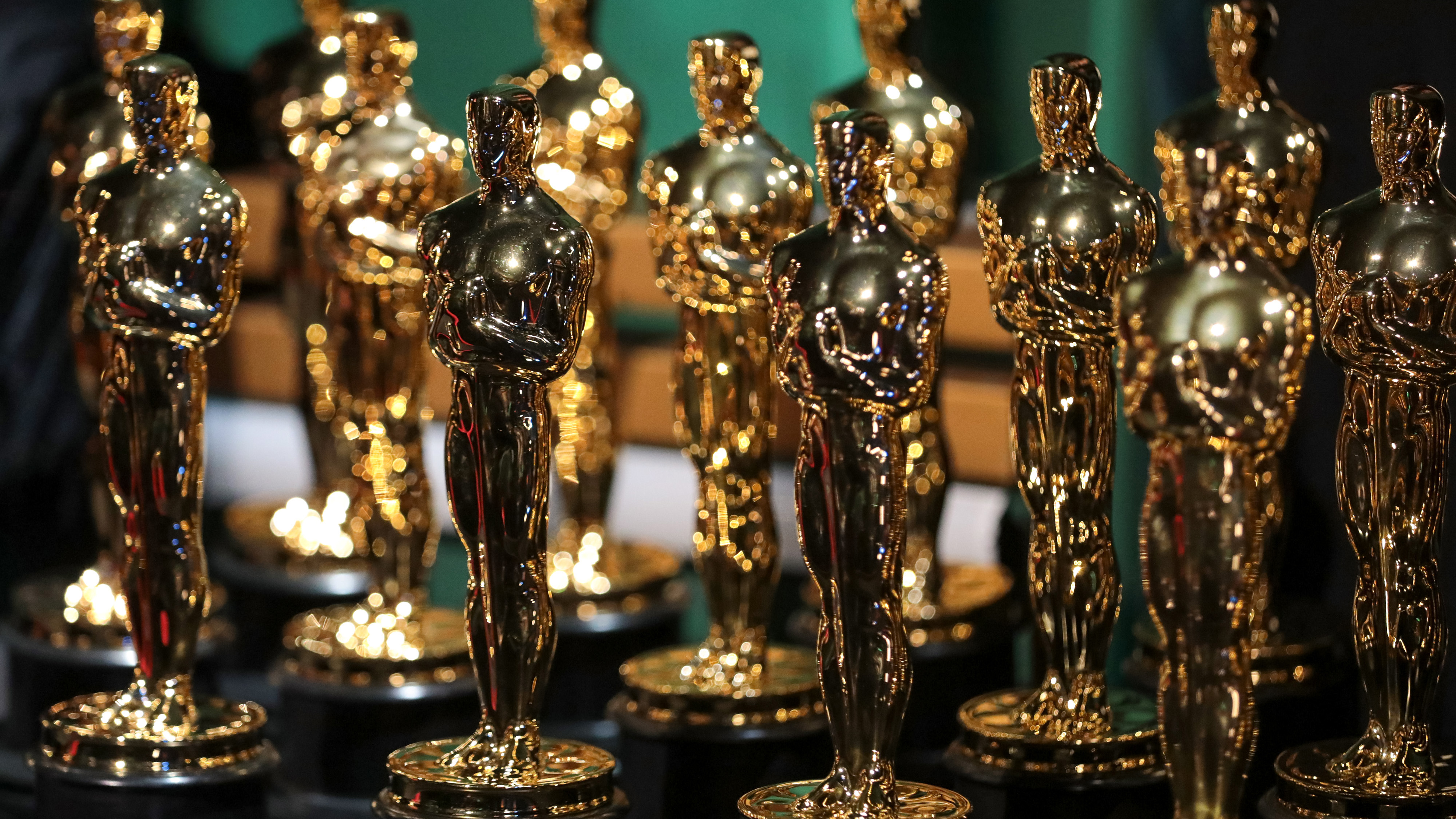The best Canon EOS M50 prices and deals
Rather than be the line's flagship model, Canon's first mirrorless camera to sport 4K video is launched with a surprisingly agreeable price tag
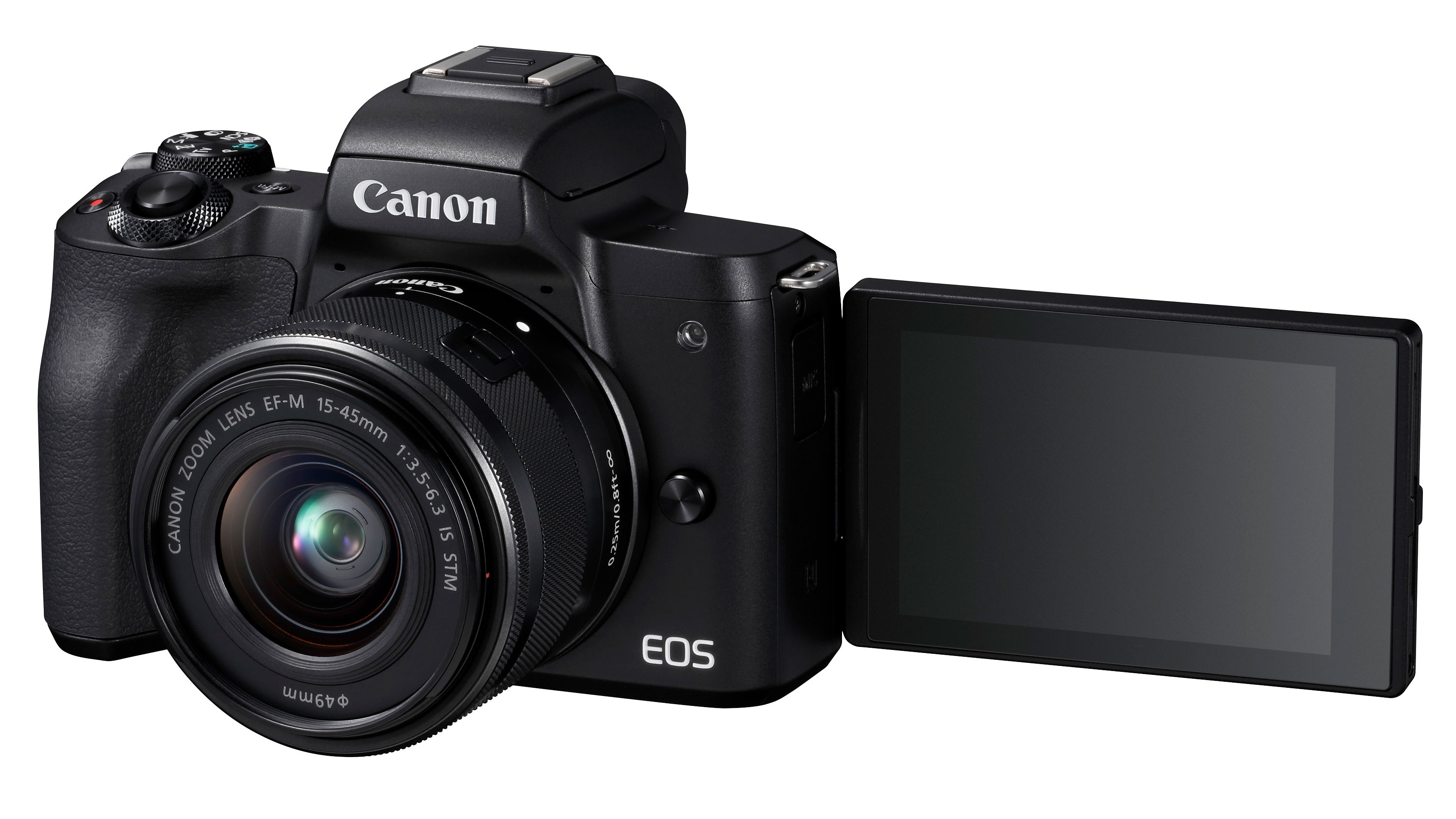
The first Canon camera with an APS-C-sized sensor to sport 4K video shooting, the EOS M50 – also known as the EOS Kiss M – is an advanced entry-level mirrorless model that sits above the entry-level M100. There's now an EOS M50 Mark II, but it's essentially the same as the original but with a few software tweaks, so don't pass up a good deal on the original EOS M50.
The older camera still boasts a 3in vari-angle touchscreen display, which is ideal for selfies and video recording, alongside a centrally positioned 2.36million-dot EVF that offers a more DSLR-like shooting experience than the EOS M100.
With a resolution of 24.1MP, and respectable APS-C dimensions, the EOS M50’s sensor works with Canon's DIGIC 8 processor to produce pleasingly clean results across most of its native ISO 100-25,600 range.
This resolution should be more than enough to meet the printing demands of its target market, while that physically large sensor can easily produce stylishly shallow depth of field in images.
At 10fps, the device has a respectable continuous shooting speed too, although a capacity of only 10 Raw frames means its buffer will quickly fill, limiting its use to short bursts.
Canon's dedicated EOS M-mount lenses are available for use with the EOS M50, although an EF-EOS M adaptor also lets you mount EF optics. But there are also independent options from Sigma, Laowa and others - increasing the choice. The native lenses should cover most day-to-day and travel subjects with ease, but the lack of faster lenses – only one option, for example, offers an aperture wider than f/2.8 – mean that the system is not quite best suited to sports, wildlife and low-light photography situations.
• The best Canon EF-M lenses for the EOS M50
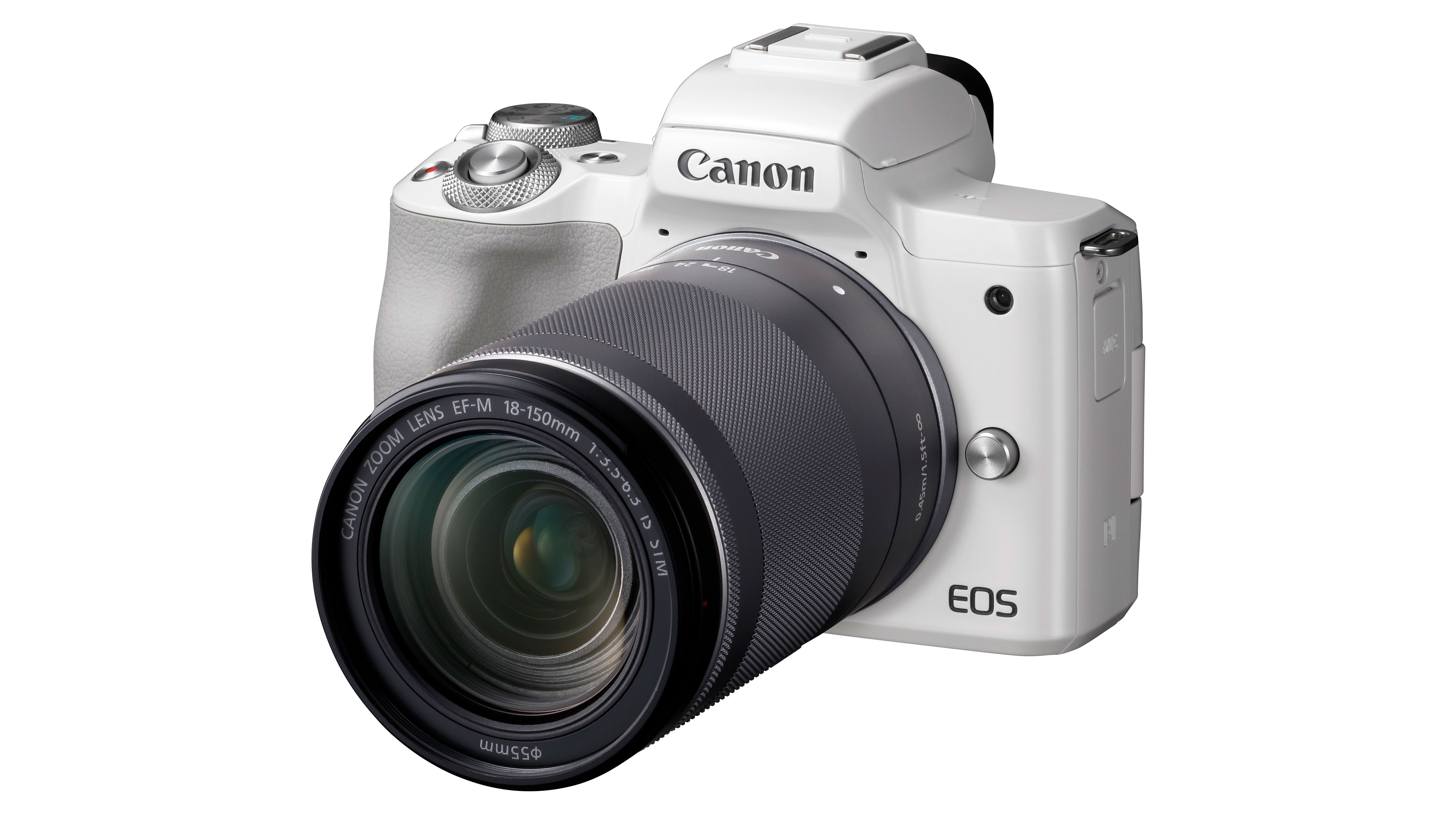
Still, with Canon’s respected Dual Pixel CMOS AF technology on board, the EOS M50’s autofocus system features accurate-phase detect AF pixels built onto the imaging sensor, although it can only use contrast-detect AF during 4K recording. This system is pleasingly responsive and has far more available points than the EOS M100’s, with face- and subject-tracking options too.
The EOS M50 also has a microphone input for improved audio quality but lacks a headphone port for audio monitoring. This, combined with a 1.6x crop factor when recording 30fps 4K footage, means that while the device is a solid option for vlogging when a wider lens is mounted, and great for short clips, it’s not going to be any dedicated videographer’s first choice.
The Canon EOS M50 could make a great travel, blogging or vlogging camera, and will be sure to impress those stepping up from a phone or compact for the first time with its highly respectable image quality and autofocus performance. However, with the limited lens range available to it and several drawbacks including a limited battery life and buffer capacity, it’s definitely better suited for beginners than it is enthusiasts, particularly those looking to specialise in sports or wildlife photography.
Also consider: Panasonic G7, Olympus OM-D E-M10 Mark II, Fujifilm X-T20
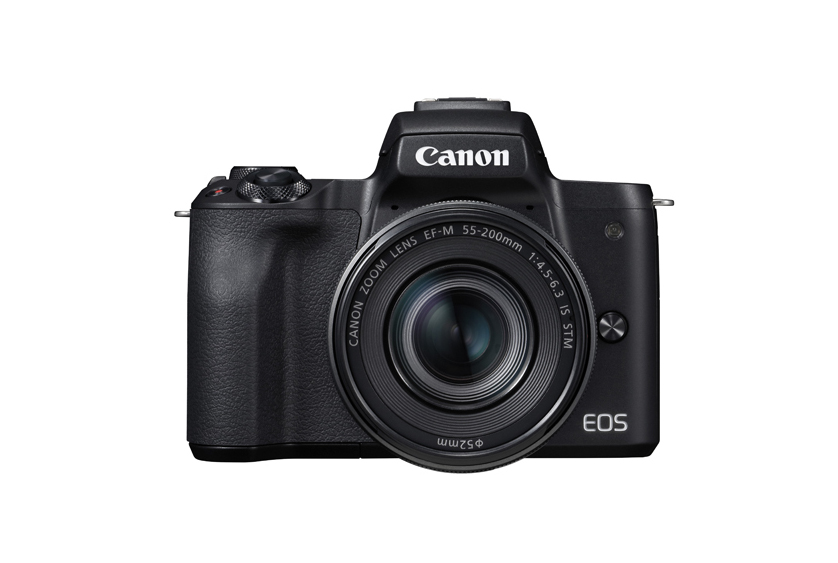


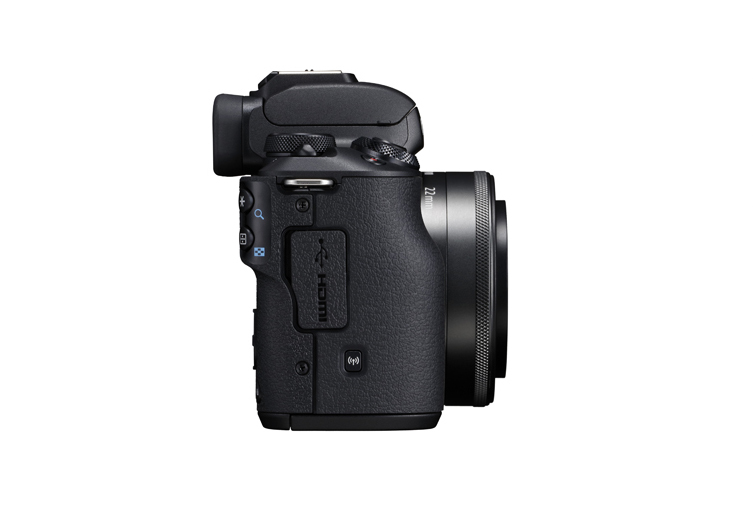
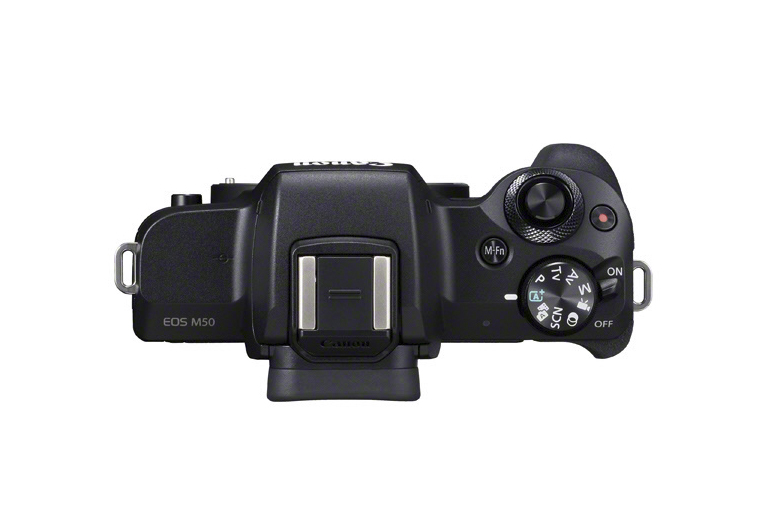
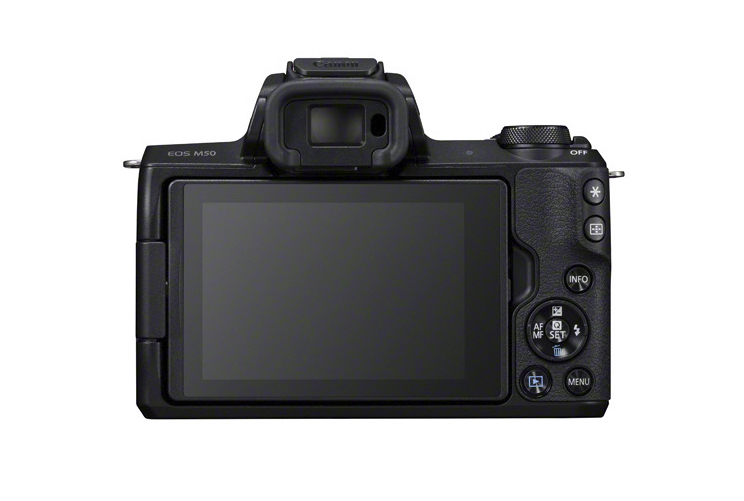
Canon EOS M50 / EOS Kiss M key specs
The most serious proposition we've seen yet for the entry-level EOS M-series user
Type: Mirrorless | Sensor: APS-C size | Megapixels: 24.1MP | Screen type: 3.2in vari-angle touchscreen LCD, 1.04million dots | Viewfinder: EVF, 2,36million dots **Maximum continuous shooting speed:** 7fps | Max video resolution: 4K | User level: Beginner
Read More:
Best compact cameras
Best Canon lenses
Best canon ef-m lenses
Get the Digital Camera World Newsletter
The best camera deals, reviews, product advice, and unmissable photography news, direct to your inbox!

For nearly two decades Sebastian's work has been published internationally. Originally specializing in Equestrianism, his visuals have been used by the leading names in the equestrian industry such as The Fédération Equestre Internationale (FEI), The Jockey Club, Horse & Hound, and many more for various advertising campaigns, books, and pre/post-event highlights.
He is a Fellow of the Royal Society of Arts, holds a Foundation Degree in Equitation Science, and holds a Master of Arts in Publishing. He is a member of Nikon NPS and has been a Nikon user since his film days using a Nikon F5. He saw the digital transition with Nikon's D series cameras and is still, to this day, the youngest member to be elected into BEWA, the British Equestrian Writers' Association.
He is familiar with and shows great interest in 35mm, medium, and large-format photography, using products by Leica, Phase One, Hasselblad, Alpa, and Sinar. Sebastian has also used many cinema cameras from Sony, RED, ARRI, and everything in between. He now spends his spare time using his trusted Leica M-E or Leica M2, shooting Street/Documentary photography as he sees it, usually in Black and White.
